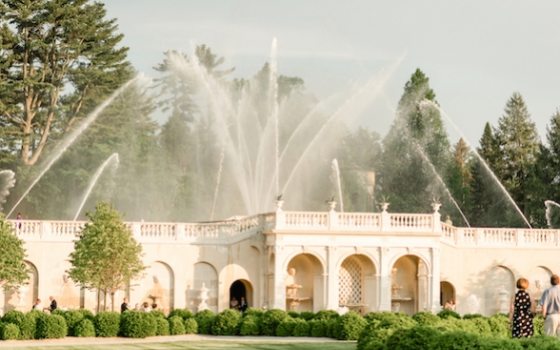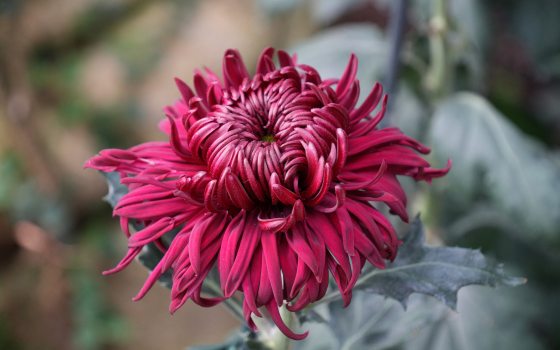Longwood is home to the most significant fountain collection in North America and in June we celebrate all the fountains in our Gardens. From Pierre S. du Pont’s first single-jet fountain on the Flower Garden Walk to the 1,719-jet Main Fountain Garden, guests can learn more about Longwood’s fountains with tours and two new exhibits about the history of our Main Fountain Garden and our Fountains & Fireworks displays. Enjoy extended hours Thursdays through Saturdays with refreshments around the Gardens, live music in our Beer Garden every Thursday, and complete your visit with our spectacular Illuminated Fountain Performance.
Main Fountain Garden
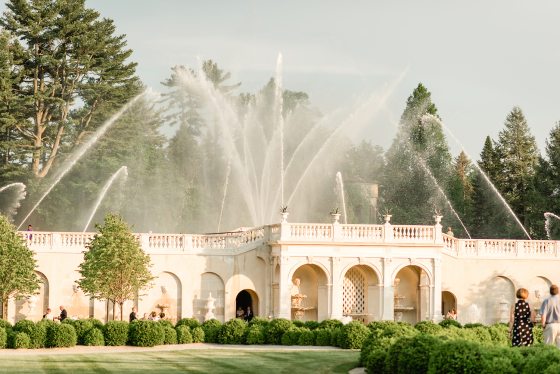
Dating back to 1931, the Main Fountain Garden is the epitome of European-style garden design and state-of-the-art fountain technology. Our revitalization project has preserved the rich history of the Garden inspired by the vision of its original designer, Pierre S. du Pont, while adding new areas for guests to explore. The Main Fountain Garden, perhaps more than any other space at Longwood, embodies the spirit of our founder and provides the iconic view—and experience—of Longwood Gardens.
Round Fountain
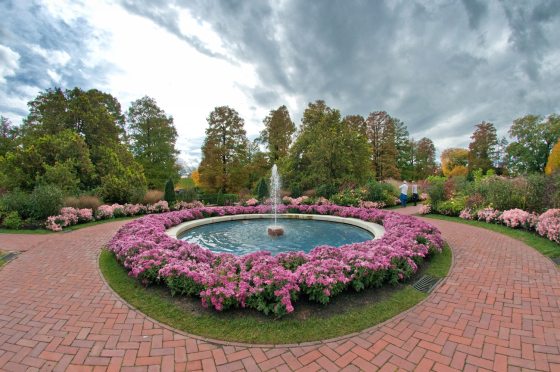
Longwood’s first fountain (1907) on Flower Garden Walk, designed by Mr. du Pont, was originally supplied by gravity from a tank in the Peirce-du Pont House attic, which in turn was fed from a hydraulic ram at the Large Lake. No electricity was required since the power to push water uphill came from the water itself. Today the fountain is powered by the brick pump house on Flower Garden Drive. The central jet adds height, sound, and texture to Flower Garden Walk.
Square Fountain
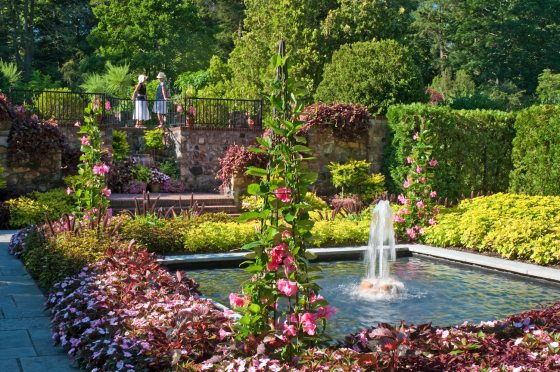
In 1908, Mr. du Pont added three garden “rooms” on the lower terrace south of Flower Garden Walk. The center garden contains a square pool edged in stone, built so guests could observe reflections of the sky and trees when viewed from above. A single jet of water was added in 1918.
Open Air Theatre
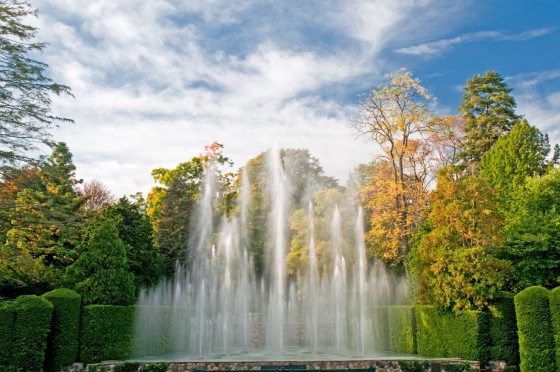
Inspired by outdoor European theatres, especially Villa Gori in Italy, Pierre S. du Pont designed and built the Open Air Theatre in 1914. He initially installed simple fountains in the stage, controlled by foot pedals to create an element of surprise. In 1926 to 1927, the fountains were greatly expanded to 750 jets recirculating 2,000 gallons per minute, with a water curtain that shoots two to ten feet in the air to help conceal set changes on stage. Evening fountain shows throughout the Christmas season are illuminated by 600 colorful lights.
Italian Water Garden

Partly inspired by his 1913 visit to Villa Gamberaia outside Florence, Italy, Pierre S. du Pont constructed “The Water Garden” between 1925 and 1927. Later renamed to distinguish it from the Main Fountain Garden, this space is Italian in its ornamental sculpture, French in its rows of littleleaf linden trees used to create the sense of an enclosed space, and a reflection of Mr. du Pont’s love of technology and horticulture with its 600 fountain jets, blue-tiled pools, water staircase and green lawn, set against the beautiful backdrop of nature.
Sylvan Fountain
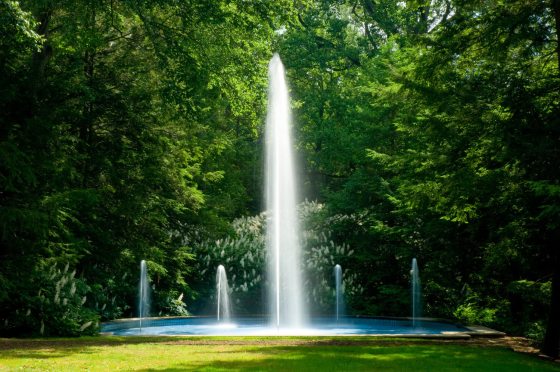
Framed by rows of trees at the east end of Peirce’s Park, this simple woodland fountain was constructed by Mr. du Pont in 1926, adding a focal point to the former Bowling Green. The fountain is laid out in a semicircular shape with five water jets, while Peirce’s Woods to the east provides a continuous backdrop for the display. The water system for the fountain is part of a larger system that also circulates through the Italian Water Garden.
Outdoor Children’s Garden
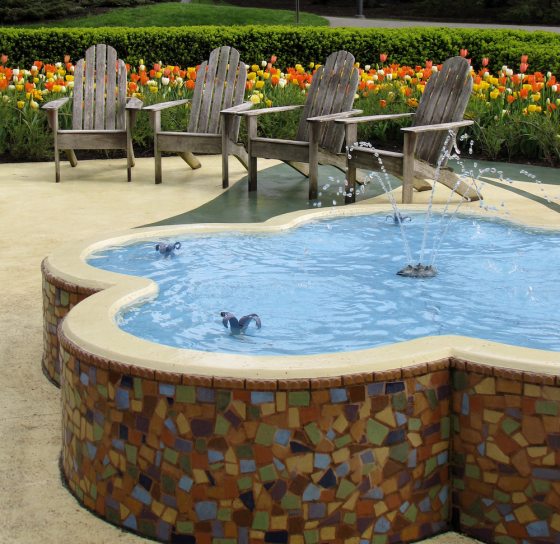
A delight for both the young and young at heart, the Children’s Corner is a fun space for kids and families. The Garden features a Flower Fountain, open now through mid-October, for kids to splash in—with plenty of seating for the adults. The Outdoor Children’s Garden and Flower Fountain first opened in 2004.
Indoor Children’s Garden
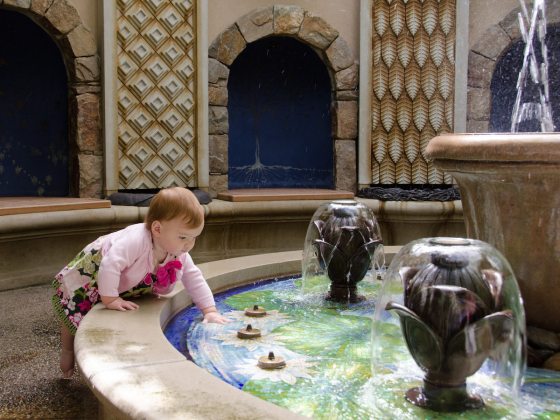
Meet the Drooling Dragon and leaping water “glowworm,” among 16 playful water features in this imaginative space. Discover three overhead animal sculptures shooting streams of water into a Central Cove, a Grotto Cave where sculpted snakes drip water into a fog-covered pool, a Triumphal Arch where water rings a bell, and much more. Mr. du Pont delighted in his many nieces and nephews, and would have delighted in the addition of our Indoor Children’s Garden in 1987. The current garden was completed in 2007, tripling the original size.
Cascade Garden
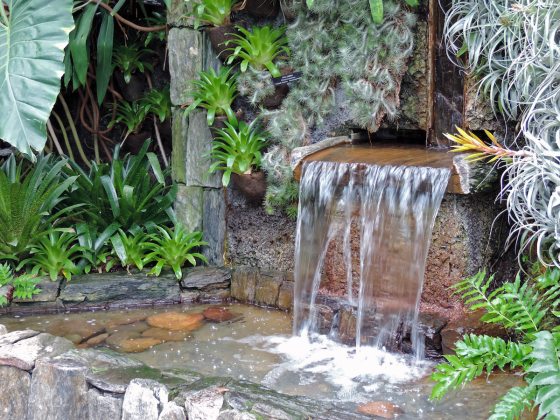
Designed by Brazilian landscape architect Roberto Burle Marx, the Cascade Garden opened in 1993 and is named for the 16 waterfalls that drop into four pools, providing an artistic expression of a tropical South American landscape. Fog emitters create a misty atmosphere, maintaining the humidity at a plant-happy 70%.
Illuminated Fountain Performances
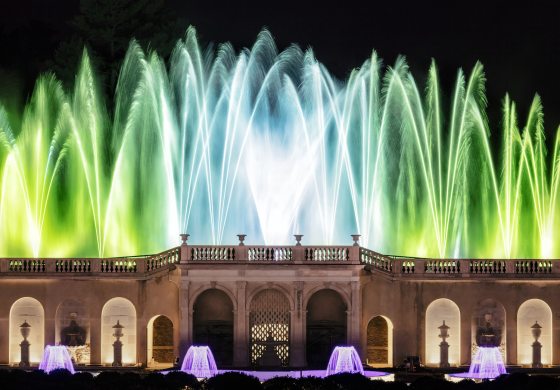
Our Main Fountain Garden is spectacular any time of day, but don’t miss our Illuminated Fountain Performances, Thursday through Saturday evenings at 9:15 pm through September 30. State-of-the-art LED lighting, unforgettable fountain effects, and inspiring music provide a nighttime spectacle unlike any other.
